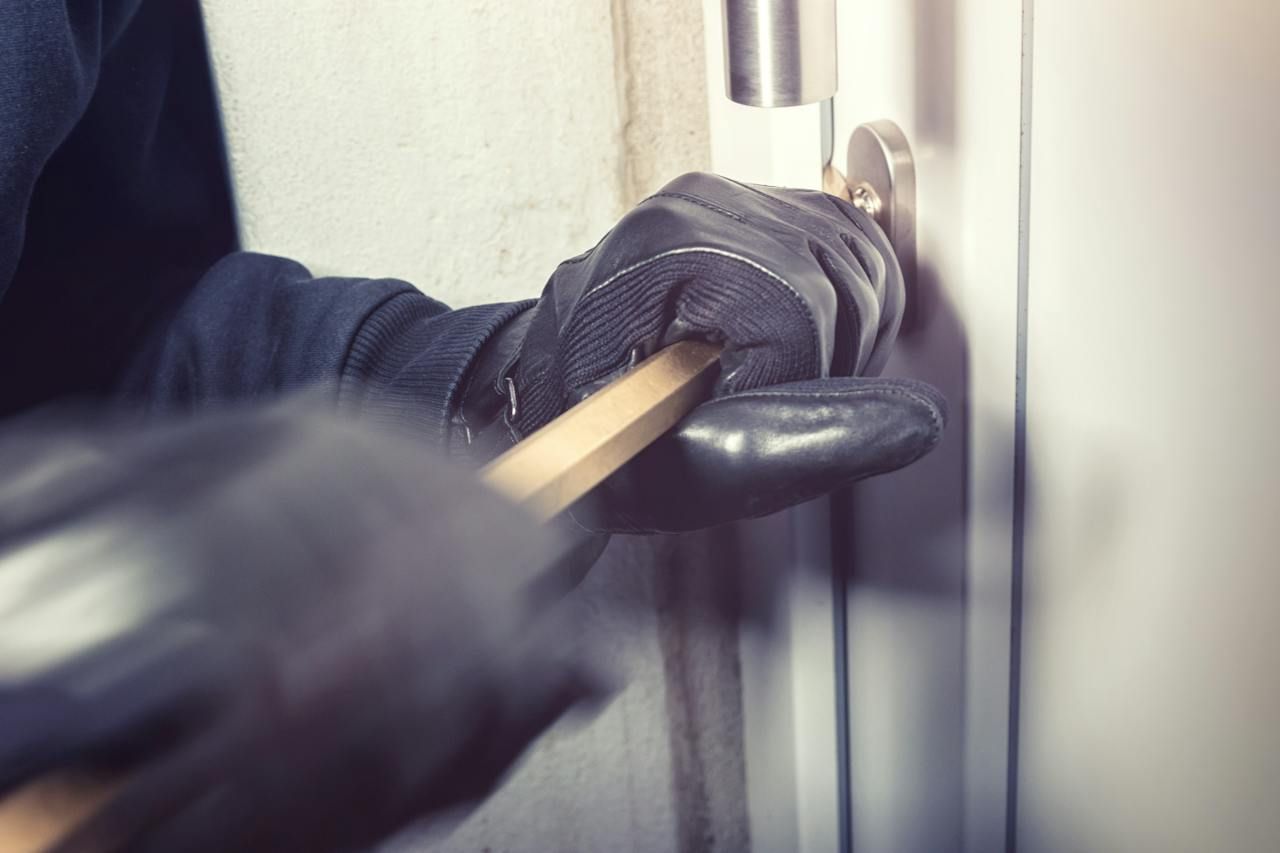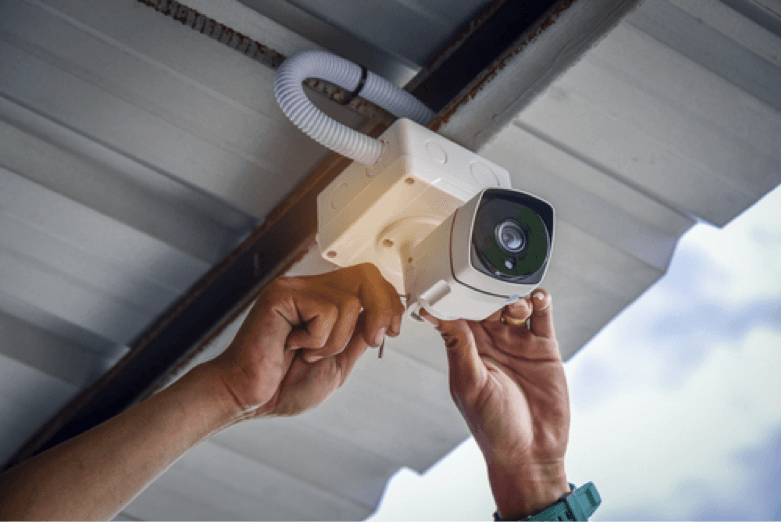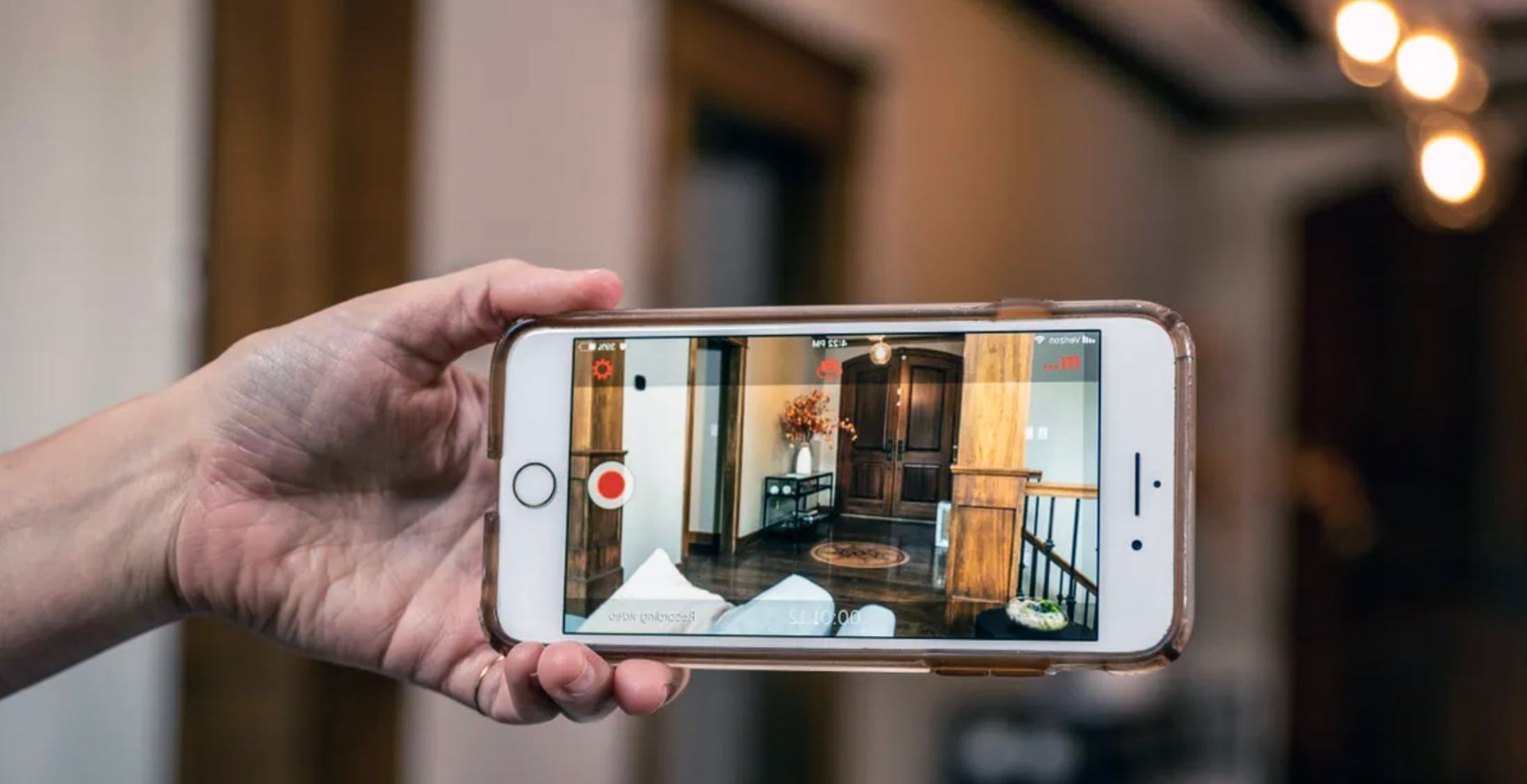2020 Tips: When Do Most Burglaries Occur?
Everything You Should Know
Knowing when most burglaries occur is powerful information. The most common times for break-ins occur between 10 a.m. - 3 p. m. Most burglars choose the daytime to attempt a break-in, targeting homes when they believe no one will be present.
Preventing Break-Ins With Home Security Systems
If you are hoping to prevent break-ins, a home security system goes a long way. If you truly want to practice burglary deterrence, you need to take steps before a burglary takes place.
Educating yourself on common patterns, such as the most common time for break-ins, what burglars look for, why burglars may single you out, and how to tell if a burglar is watching your house, can help you prevent a break-in from occurring. Check out these commonly asked questions about burglaries and get to know more about the typical burglar and how you can best prevent them from breaking and entering your home.
When Do Most Burglaries Take Place?
Understanding the behavior, motivations and patterns behind burglaries can help you understand how to easily prevent break-ins from occurring. Let’s take a look at some patterns and home break-in statistics:
Most Home Burglaries Take Place During The Day.
While the darkness tends to cause apprehensive feelings, most burglars actually prefer to break in during the day. FBI.org tells us that home break-ins are more common in daylight hours. Why? Most adults are at work and kids are in school.
Most Home Burglaries Occur Between 10 Am And 3 Pm.
According to jsu.edu, most home burglaries occur between 10 in the morning and 3 in the afternoon. However, an investigative report out of Portland for KGW News found that some burglars preferred the specific window of 12:30 to 2:30 pm because they wouldn’t be interrupted by someone coming home for lunch and school would still be in session.
Who Is A Typical Home Invader?
In addition to knowing when burglaries tend to take place, it’s a good idea to know who is a likely offender or would-be burglar.
Most Intruders Live Within Two Miles Of The Victim
Burglars are often opportunistic. Intruders are not evil geniuses, capable of masterminding a crafty plan. They just happen to be observant and in the right place at the right time. Intruders usually choose a home because they live close enough to notice vulnerabilities and patterns of the inhabitants. Frequently, home invasions are the result of impulsive behavior coupled with ideal circumstances, not a carefully formulated plan.
How To Tell If A Burglar Is Watching Your House?
Contrary to what you see in movies and on TV, most burglars aren’t obvious and don’t skulk around wearing all black in the dark of night. Rather, many burglars are on the prowl during daylight hours and try to appear as inconspicuous as possible. That’s why it’s important to stay vigilant and be aware of the people in your neighborhood and any strangers just walking around.
-
If you see vehicles or people you don’t recognize showing up around the same area on a semi-regular basis, take note.
-
Be especially wary if you see any strangers taking photos outside your home. It’s an odd behavior that may indicate a burglar is casing your home.
-
“Casing a house” means a burglar is sizing up your home and evaluating the how easy or difficult it is to break in, taking note of your comings, goings, and daily habits. It also involves them trying to find out if you have any valuables that may make it worth their while to try to rob your home.
-
Also be aware of people who may try to pose as a door-to-door salesperson or claim to be with a utility company in order to gain entry to your home. This is a common scam that is an easy way for a burglar to use a homeowner’s trusting nature to stage a successful home invasion.
-
If you see any of these individuals that may fit that description, keep an eye out for them and alert neighbors or your local authorities.
-
Having a home alarm system and surveillance cameras in place can also help alert you to any unwanted visitors on your property or wandering around your neighborhood -- even when you’re not home to see what’s going on.
What Items Do Intruders Target?
The FBI tells us that the average home burglary only takes between eight to 10 minutes, with some taking as little as 90 seconds. Burglars only have the chance to grab a few of your valuable possessions with such a small window of opportunity.
What kind of items do intruders typically target?
-
Cash
-
Electronics: Blu-ray players, laptops, tablets, phones
-
Prescription or illegal drugs
-
Guns
-
Jewelry
The average loss after a home break-in is approximately $2,000.
Burglars will target any items that are valuable, easy to carry and are not easily traced. You can help prevent break-ins by removing these items from plain view.
According to the International Association of Home Inspectors, there are quite a few clever places to hide your valuables from potential burglars. such as in a heavy wall or floor safe with a combination code, in boxes deliberately mislabeled as “kids toys” or “baby clothes.” You can also buy (or make, if you’re crafty) false-front books or VHS tapes where you can hide some of your valued items. (Very few burglars will care about rifling through tapes of “Suzie’s First Dance Recital” or “Johnny’s Little League Game” to find your jewelry or heirlooms.)
Where Do Burglaries Typically Take Place?
Being creatures of opportunity, intruders frequently seek out homes that are easy targets. You can prevent a burglary by taking measures to keep your home from appearing to be an easy target. What makes a home an easy target?
-
Homes without home security systems are three times as likely to be broken into.
-
Low visibility from the street is an ideal situation for an intruder. High grass or shrubs, fences and trees offer cover for a would-be burglar, making it easy for them to observe your patterns or hide out until you leave.
-
When it appears as though someone is home, burglars often avoid attempting a break-in.
-
Good lighting is a burglar deterrent.
-
Cameras and alarms keep intruders away and make a home a less desirable target.
-
Homes in the middle of a street are more likely to be burglarized than homes on corner lots.
-
Old or broken locks make a house appear vulnerable.
Prevent break-ins by keeping your house well-lit, your lawn maintained, and removing obstacles that block visibility from the street.
Arming yourself with the right knowledge can make all the difference when preventing a break-in.













